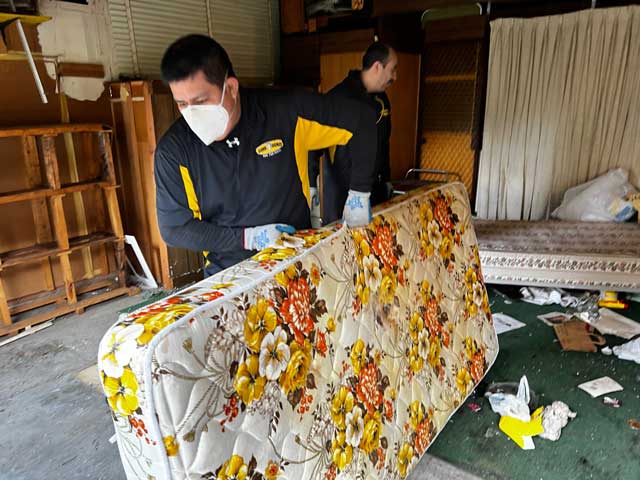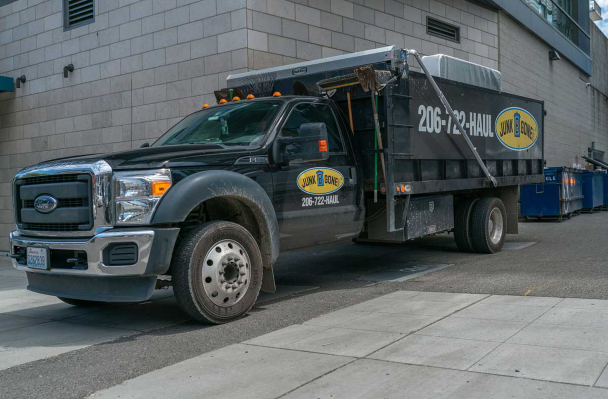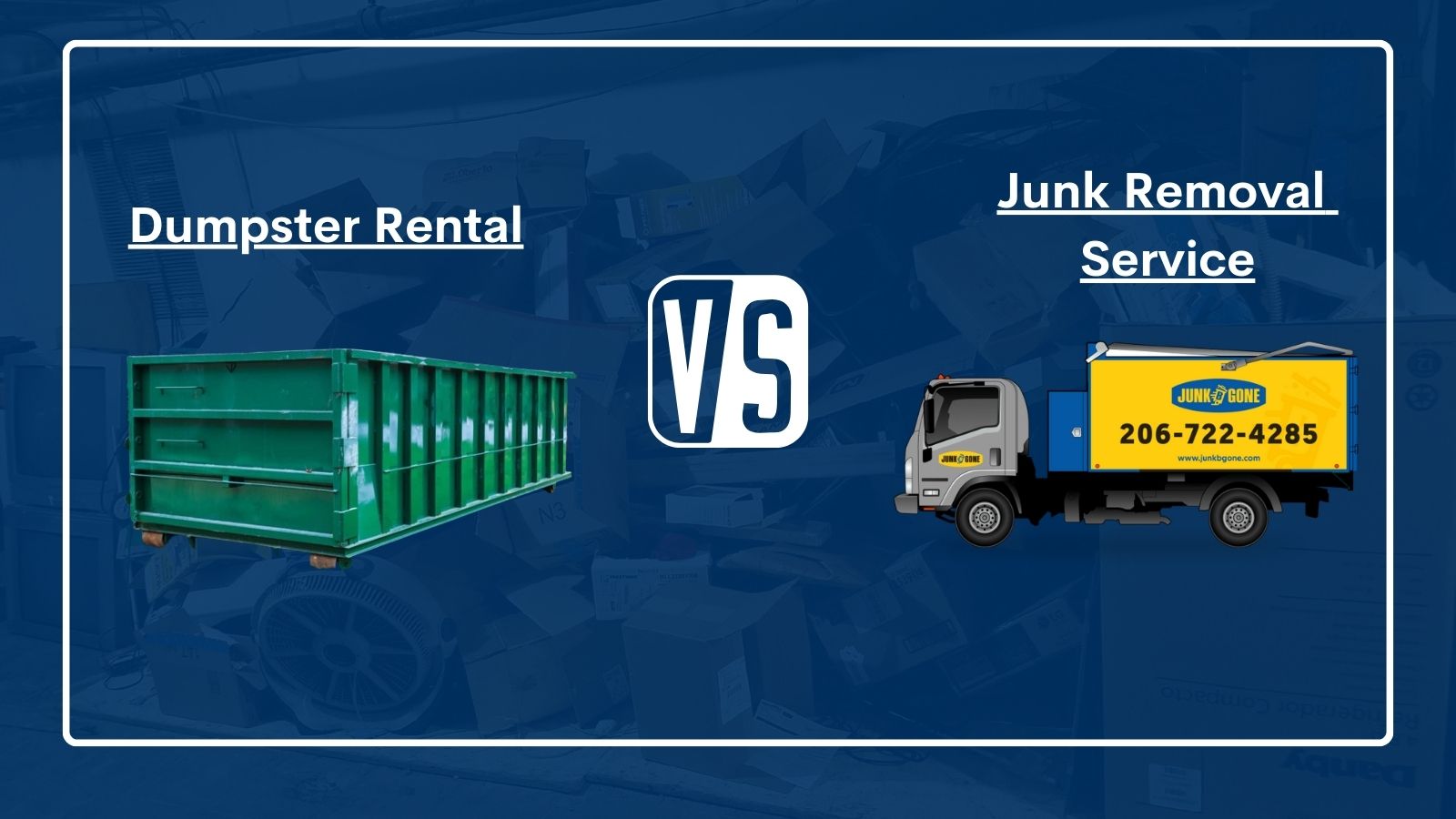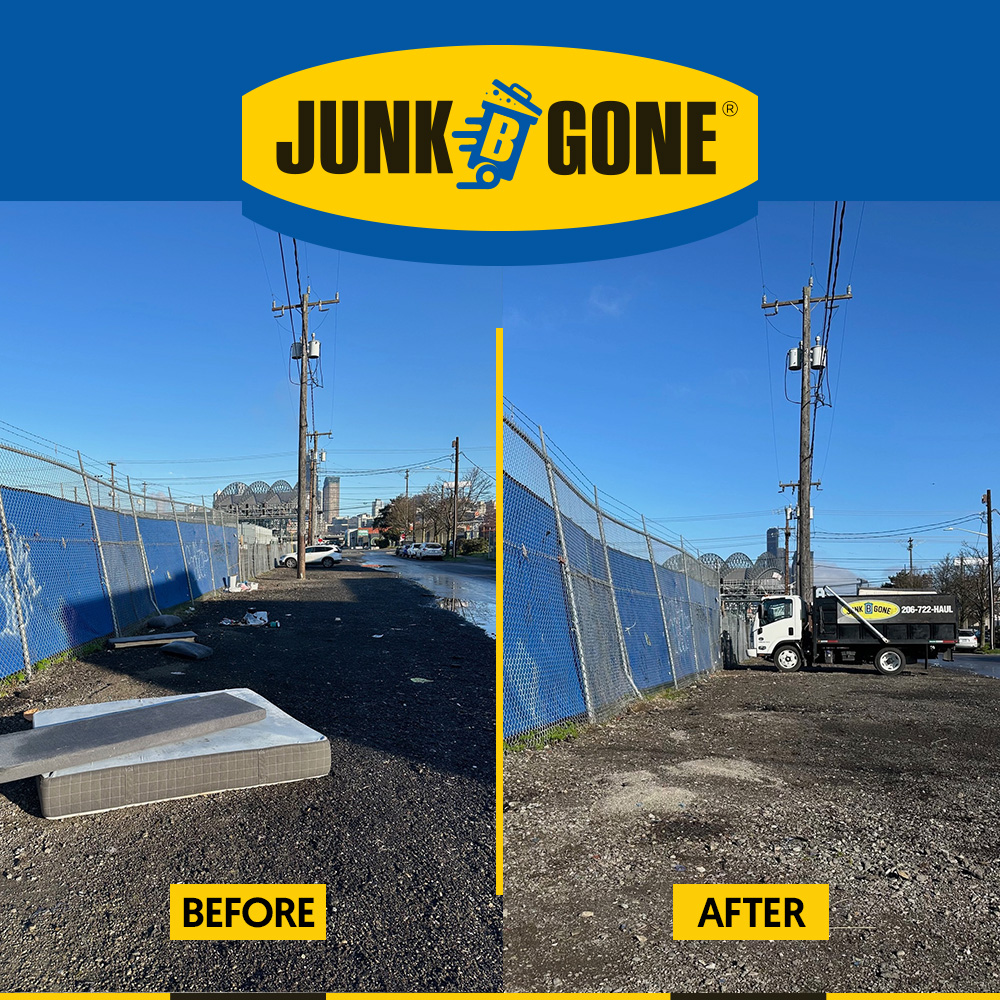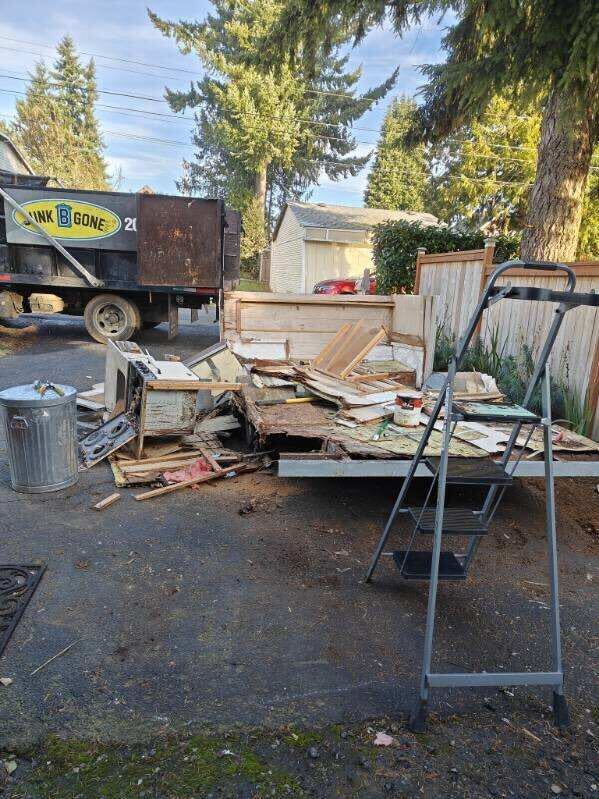Proper disposal of these old electronics is not just about clearing out clutter—it’s a crucial step towards protecting our environment and safeguarding our personal data. Every device discarded improperly has the potential to leak harmful toxins into the soil and waterways, posing significant environmental hazards.
Electronic waste, or e-waste, contains a variety of toxic substances, including lead, mercury, and cadmium, which can have detrimental effects on both the planet and human health. These materials can contaminate our ecosystems, entering the food chain and causing widespread ecological damage. The responsibility of minimizing this impact starts with each individual, making the conscientious disposal of our electronic gadgets imperative.
Many of these devices store vast amounts of personal information, from photos and contacts to personal and financial data. Without proper handling, disposing of your electronics can lead to security breaches and identity theft. Ensuring that old electronics are disposed of safely not only protects the environment but also secures sensitive information from falling into the wrong hands.
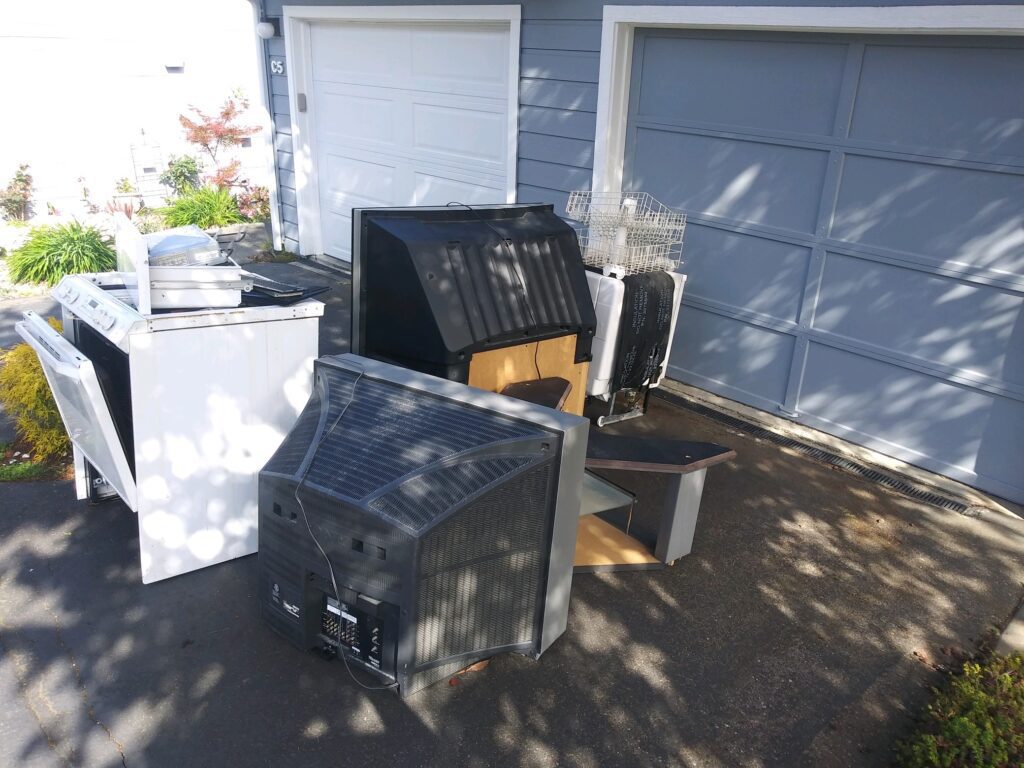
What is E-Waste, or Electronic Waste?
E-waste, or electronic waste, refers to discarded electronic or electrical devices. This can range from common consumer electronics like smartphones, computers, and TVs to larger household appliances such as refrigerators and air conditioners. As technology evolves at a breakneck pace, the lifespan of these products becomes shorter, leading to a surge in the volume of e-waste generated globally.
Why is E-Waste a growing concern?
- Hazardous Substances: Many electronic devices contain hazardous materials like lead, mercury, and arsenic, which pose serious health and environmental risks if not managed properly.
- Resource Depletion: E-waste is not just a waste problem; it’s also about resource efficiency. Precious metals and rare earth elements, which are finite resources, are abundant in electronic devices. Recycling these materials can reduce the need to extract new raw materials, thereby preserving natural resources.
- Data Security: E-waste also presents a data security risk. Devices often contain sensitive personal information, and improper disposal can lead to data breaches and identity theft.
The Scale of the Issue
The volume of e-waste is growing exponentially. It’s estimated that millions of tons of e-waste are produced each year, and only a fraction of this is recycled. This trend is not only unsustainable but also an immense waste of resources. The environmental impact of dumping or burning e-waste can be catastrophic, contaminating land, water, and air, and contributing to global health issues.
By understanding what constitutes e-waste and recognizing the profound implications of its improper disposal, we can begin to take action. The goal is to transition from carelessly discarding electronics to embracing responsible disposal and recycling practices. This shift not only mitigates environmental damage but also conserves resources and protects our personal data. Let’s explore how we can all contribute to solving the e-waste challenge.
Proper Data Erasure
Before recycling or donating your electronics, it’s crucial to ensure all personal data is securely erased.
- Factory Reset: For most devices, a factory reset is sufficient to wipe data. However, you should also remove any memory cards or SIM cards.
- Use Data Wiping Software: For extra security, especially with computers and smartphones, use professional data wiping software to ensure all information is unrecoverable.
Special Disposal for Hazardous Electronics
Some older electronics, especially those containing CRTs (like older televisions and monitors), require special handling due to their high levels of hazardous materials.
- Check with Local Waste Management: Some localities offer special collection days for hazardous waste, providing a safe disposal option for these more problematic items.
8 ways to get rid of old electronics or E-Waste
Navigating the maze of local disposal options for old electronics can seem daunting, but with the right information, it can be straightforward and rewarding. Here’s 8 ways you can get rid of your old electronics. Remember, the most convenient option isn’t always the most responsible one, so a little effort can go a long way in electronics disposal.
1. Recycling: The Preferred Method
The most effective way to dispose of your old electronics is through recycling. Recycling not only helps recover valuable materials such as gold, silver, copper, and rare earth elements but also prevents hazardous substances from harming the environment. Here’s how to get started:
- Find a Certified Recycler: Ensure that the recycling center is certified by standards such as R2 or e-Stewards, which guarantee that they follow safe and ethical recycling practices.
- Local Electronics Retailers: Many electronics stores offer take-back programs where you can drop off your old devices. Some even provide incentives like discounts on new purchases.
2. Donation: Extend the Life of Your Device
If your electronics are still functional, consider donating them. This not only extends the product’s life but also benefits those who may not have access to new technology.
- Charities and Non-Profits: Many organizations accept working electronics to support their work or help underprivileged communities.
- Schools and Educational Programs: Donated electronics can be invaluable for educational programs, providing students with resources that might otherwise be unaffordable.
3. Online Search for Local Resources
- Municipal Resources: Many city or county websites provide detailed information on e-waste disposal services available in your area. They often list drop-off locations, special collection days, and contact information for local recycling facilities.
- Earth911 Recycling Search: This tool allows you to search for recycling facilities by material type and zip code, offering one of the most comprehensive databases for local recycling options.
4. Retail Take-Back Programs
Many electronics retailers and manufacturers offer take-back programs as part of their commitment to environmental responsibility.
- Big-Box Retailers: Stores like Best Buy, Staples, and Office Depot often have in-store recycling programs. They accept a variety of electronics, regardless of where they were purchased.
- Manufacturer Programs: Companies like Apple, Dell, and Samsung provide mail-back services or drop-off programs for their products, sometimes with incentives for recycling.
5. Specialized E-Waste Events
- Community Recycling Events: Look out for e-waste recycling events in your community, which are often held by local municipalities, environmental groups, or schools. These events provide an easy way to responsibly dispose of your old electronics.
- Hazardous Waste Collection Days: Some communities also designate certain days for the collection of hazardous household waste, which typically includes e-waste.
6. Non-Profit Organizations
- Charitable Organizations: Non-profits like Goodwill, The Salvation Army, and local charities often accept working electronics and either use them for their organizational needs or resell them to fund their programs.
7. Professional Junk Removal Services
- When dealing with electronic waste, most professional junk removal services can handle the job. However, not all junk removal companies recycle or dispose of e-waste responsibly. Make sure you choose the right team for the job, a company who values green junk-removal practices and specialises in electronic waste disposal.
8. Certified E-Waste Recyclers
- Ensure that you take your e-waste to certified recyclers who follow stringent environmental and safety standards. Certifications like R2 (Responsible Recycling) or e-Stewards indicate that the recycler handles hazardous materials properly.
- For large quantities or particularly hazardous items, consider hiring specialized e-waste disposal services. These professionals are equipped to manage the risks associated with hazardous materials.
How can I ensure my old electronics are disposed of safely?
Safely disposing of your old electronics is crucial to prevent environmental damage and protect personal data. Here’s how you can make sure that your devices are disposed of in a safe and responsible manner.
Use Certified Recyclers

- Seek Certification: To ensure that your e-waste is recycled in a manner that complies with environmental laws and is safe, choose a recycler who is certified through programs like R2 or e-Stewards. These certifications indicate that the recycler adheres to stringent environmental and safety standards.
- Verify Practices: Don’t hesitate to ask the recycler about their processes. A reputable service will transparently share how they handle various components and dispose of non-recyclable parts.
Handle and Transport Carefully
- Safe Packaging: When preparing to drop off electronics, ensure they are properly packaged to avoid breakage that could lead to exposure to hazardous materials.
- Transport Safely: Transport electronics in a stable position in your vehicle to prevent spills or damage to the items that could release toxic substances.
Be Aware of Local Regulations
- Local Laws: Familiarize yourself with local regulations regarding e-waste disposal. Some areas have specific requirements or offer special municipal collection services for e-waste that help ensure safe disposal.
- Recycling Follow-up: After your electronics have been handed over for recycling, keep a record of what was recycled and, if possible, obtain a transaction receipt or certificate of recycling. This not only provides peace of mind but also ensures that you have a record of compliance with recycling regulations.
By taking these steps, you can be confident that you are doing your part to safely dispose of your old electronics. Not only does this help protect the environment, but it also ensures that your personal information is secure.
Are there any specific laws regarding the disposal of electronics?
When it comes to disposing of old electronics, it’s important to be aware of the specific laws that regulate these processes. These laws are designed not only to protect the environment but also to ensure that the valuable and sometimes hazardous materials in electronic devices are managed responsibly.
Federal Regulations
- Resource Conservation and Recovery Act (RCRA): This act governs the disposal of solid and hazardous waste in the United States. While not all electronic waste falls under the category of hazardous waste, components like batteries and CRT monitors do, making it essential to follow these regulations.
- National Computer Recycling Act: Proposed to improve the infrastructure for recycling computers and other electronics at the federal level, though implementation can vary by state.
State-Specific Legislation
- State Electronic Waste Recycling Laws: Many states have specific e-waste recycling laws that go beyond federal regulations. For example:
- California’s Electronic Waste Recycling Act requires that consumers pay an advance recycling fee on certain types of electronic equipment.
- New York State’s Electronic Equipment Recycling and Reuse Act mandates manufacturers to provide free and convenient recycling of electronic waste to residents.
- Ban on Landfills: Some states have outright bans on disposing of certain types of electronic waste in landfills, particularly CRTs (cathode ray tubes) from old televisions and computer monitors, due to their high lead content.
Local Ordinances
- Municipal Regulations: Local government policies may also dictate how electronics should be disposed of, often detailing when and where you can recycle e-waste. Many cities and counties offer special collection events or drop-off sites specifically for electronic waste.
Ensuring Compliance
- Stay Informed: It’s advisable to consult your state’s environmental protection agency or a local waste management authority to get the most current information on regulations that apply to you.
- Proper Documentation: For businesses, maintaining good records of how and where electronic waste is disposed can help in proving compliance with laws, which can be crucial during audits or inspections.
Understanding and adhering to these laws ensures that electronic waste is handled in a way that minimizes its environmental impact and maximizes the recovery of valuable materials. More importantly, it helps prevent potential fines and legal issues that could arise from non-compliance. By staying informed and proactive, you can contribute to a more sustainable approach to electronic waste management.
Hazardous Materials in Electronics: What Are They and How to Handle Them?
Many electronic devices contain hazardous materials that require special care during disposal to prevent environmental contamination and health risks. Understanding what these materials are and how to handle them properly is essential for responsible e-waste management.
Common Hazardous Materials in Electronics
- Lead: Found in CRT monitors and televisions, lead is highly toxic and can cause serious health issues, including brain and kidney damage.
- Mercury: Present in LCD screens, fluorescent lights, and some batteries, mercury exposure can damage the nervous system and kidneys.
- Cadmium: Used in batteries, cadmium is carcinogenic and can also cause lung and kidney damage.
- Brominated Flame Retardants (BFRs): Used in circuit boards and plastic casings, these chemicals can disrupt endocrine functions and are persistent environmental pollutants.
- Arsenic: Found in older semiconductors, arsenic is toxic and carcinogenic, posing significant health risks with prolonged exposure.
Handling Hazardous Materials Safely
- Identify and Isolate: When preparing electronics for disposal, first identify any components that may contain hazardous materials. Separate these items from general waste.
- Use Proper Containers: Store hazardous electronic components in appropriate, clearly labeled containers to prevent leaks and contamination. For example, use sturdy boxes for CRTs and specialized containers for batteries.
- Follow Local Guidelines: Adhere to your local guidelines for hazardous waste disposal. Many municipalities offer special collection days or drop-off locations specifically for hazardous e-waste.
As technology continues to advance at an unprecedented rate, the accumulation of e-waste poses significant environmental and health risks. By understanding what constitutes e-waste, recognizing the hazardous materials involved, and learning about the proper disposal methods, we can all contribute to a more sustainable and responsible approach to electronic waste management.
Whether it’s recycling, donating still-functional devices, or utilizing local e-waste programs, each action we take makes a difference. We have the opportunity to prevent harmful substances from damaging our environment and protect our personal data in the process. Moreover, by adhering to local and federal regulations and opting for certified recyclers, we ensure that our old electronics are disposed of safely and ethically.
So, next time you find an old phone, laptop, or any electronic gadget gathering dust in your drawer, remember that its disposal matters—to both the environment and to future generations. Let’s act now to ensure our digital footprint is as green as our earth should be.








